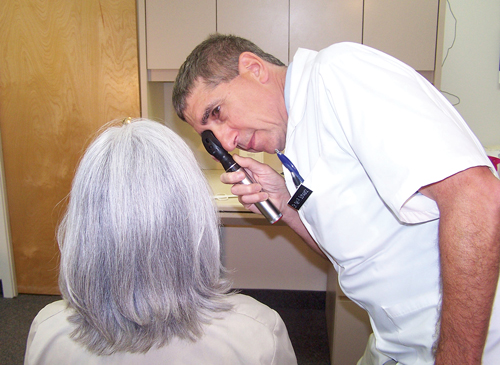Several factors explain the increases, including the aging of the baby boom generation and a rise in systemic diseases (such as diabetes) that can impact patients’ vision. This study also shows that refractive error is the leading cause of visual impairment in the United States, as well as worldwide.
 |
“Early detection and intervention—possibly as simple as prescribing corrective lenses—could go a long way toward preventing a significant proportion of avoidable vision loss,” said Paul A. Sieving, MD, PhD, director of the National Eye Institute, which funded the study.
Among all demographic groups, non-Hispanic white women will represent the largest proportion of people affected by visual impairment and blindness, with their numbers rising to 2.15 million visually impaired and 610,000 blind. However, the highest prevalence of visual impairment among non-whites will shift from African Americans (15.2% in 2015 to 16.3% in 2050) to Hispanics (9.9% in 2015 to 20.3% in 2050).
The study even localized its predictions by state, speculating that blindness will most affect Mississippi (up to 1.25% by 2050) and Louisiana (1.2% by 2050). For visual impairment, Florida will have the highest per capita prevalence (3.98% by 2050) and Hawaii (3.93% by 2050) will closely follow.

